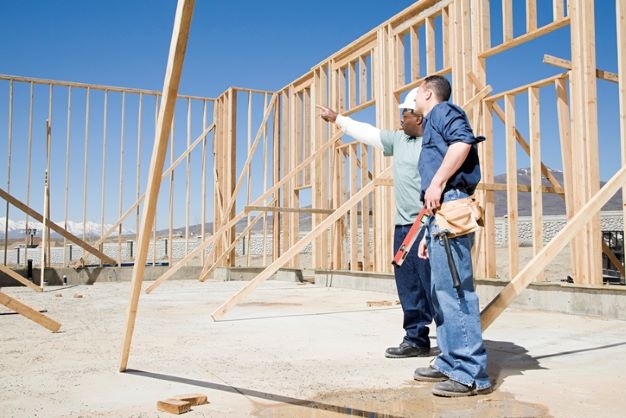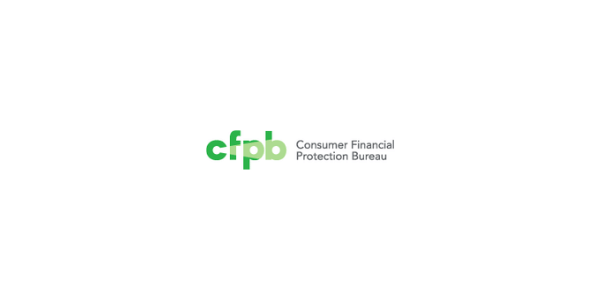
Multifamily Units Boost Housing Starts In August

Construction of new multifamily units rose nearly 29% in August from July; single-family starts rose 3.4%.
- Construction started on privately owned houses at a seasonally adjusted annual rate of 1.58 million in August, up 12.2% from July.
- The August rate for buildings with five or more units was 621,000, up 28.6% from July and 31% from a year earlier.
- Privately owned housing completions in August were at a seasonally adjusted annual rate of 1.34 million, down 5.4% from July.
Builders began construction on 12% more homes in August, led by a surge in construction of multifamily units even as mortgage rates continued to rise.
The monthly data released today by the U.S. Census Bureau and the U.S. Department of Housing and Urban Development reported that construction started on privately owned houses at a seasonally adjusted annual rate of 1.58 million in August, 12.2% above the revised July estimate of 1.4 million but 0.1% below the August 2021 rate.
The month-over-month increase was led by construction of multifamily units. The August rate for buildings with five or more units was 621,000, up 28.6% from July and 31% from a year earlier.
Single‐family housing starts also rose in August, posting a rate of 935,000, 3.4% above the revised July figure. That rate was down 14.6%, however, from a year earlier.
Lawrence Yun, chief economist for the National Association of Realtors, said multifamily housing starts reached its best monthly performance in 35 years. "Apartment demand has been strong, with rents rising at a historically high pace. Those consumers unable to qualify for a mortgage at higher interest rates are renewing their rental leases. Job creation is also boosting the rental demand."
Overall housing starts increased in August from July in three of the U.S. regions, including 24.5% in the South, 19.3% in the Midwest, and 1.1% in the West. They fell 17.3% in the Northeast.
The surge came despite mortgage rates continuing to climb through August and into September. Freddie Mac reported last week that rates topped 6% for the first time since 2008, which has caused both buyers and sellers to pull back from the housing market.
Privately owned housing completions in August were at a seasonally adjusted annual rate of 1.34 million, down 5.4% from the revised July estimate of 1.42 million but 3.1% above the August 2021 rate.
Single‐family housing completions in August were at an annual rate of 1.02 million, 0.4% above the revised July rate of 1.01 million but was up 6.5% from a year earlier. The August rate for buildings with five units or more was 318,000, down 20.7% from July and down 6.7% from August last year.
By region, housing completions were up in August from July in the Northeast (33%) and the West (6.2%), and down in the Midwest (-28.3%) and the South (-6.8%).
While construction began on more new homes in August, the number of permits issued to build additional units fell nationwide. Privately owned housing units in August were authorized at a seasonally adjusted annual rate of 1.52 million, 10% below the revised July and 14.4% below the August 2021 rate.
Single‐family authorizations in August were at a rate of 899,000, 3.5% below the revised July figure and 15.3% below the figure for August of last year. Authorizations for buildings with five units or more were also down, falling 18.5% from July to a rate of 571,000 in August. The August rate was also down 14.5% from a year earlier.
The number of permits issued in August from a month earlier fell in all four U.S. regions: -15.2% in the Northeast, -13.5% in the South, -6.5% in the Midwest, and -1.1% in the West.
The data on housing starts and building permits comes a day after the National Association of Home Builders reported that builder confidence fell in September for the ninth consecutive month, as a combination of elevated interest rates, supply-chain disruptions, and high home prices continue to take a toll on affordability.
Odeta Kushi, deputy chief economist for First American Financial Corp., said building permits are a leading indicator of future new-home supply, and the decline is a sign that builders are slowing production due to the state of the market.
“The decline in permits shows that builders are responding to the decline in affordability and cooling demand in the purchase market by building fewer single-family homes," Kushi said. "A slowdown in new construction is concerning in the long-run, because there remains a structural and long-term national shortage in the housing market. Millennials aging into their prime home-buying years and a lack of existing-home inventory, as rate-locked in homeowners see little incentive to list their homes for sale, mean that new-home construction is essential in meeting future shelter demand.
“Given the challenges builders face," she added, "its unsurprising that builder confidence declined for the ninth consecutive month in September, treading further into negative territory. With mortgage rates rising above 6%, consumers are feeling the pinch of declining affordability, which may further price out home buyers, particularly more rate-sensitive first-time buyers.”




